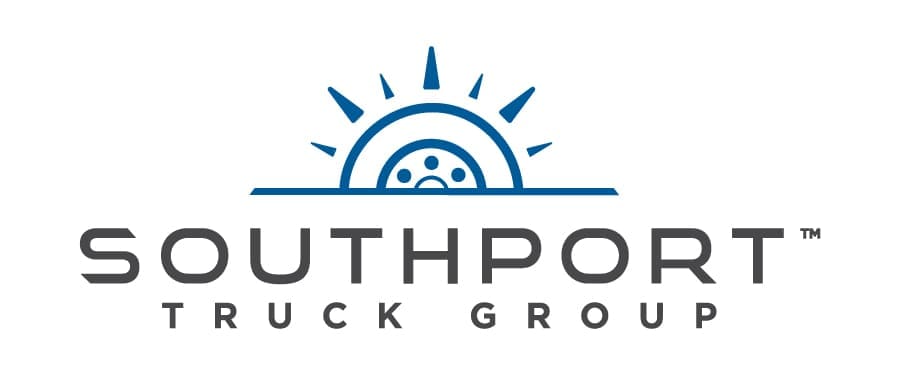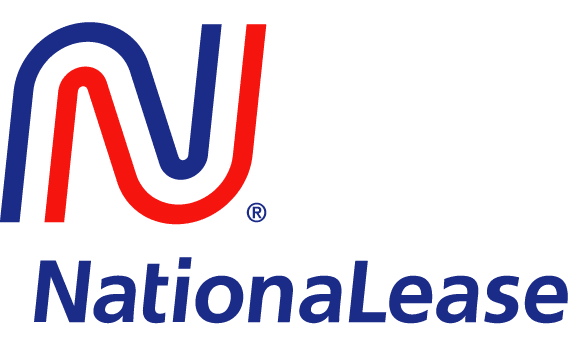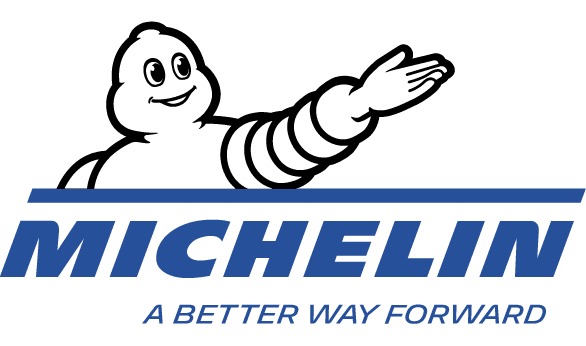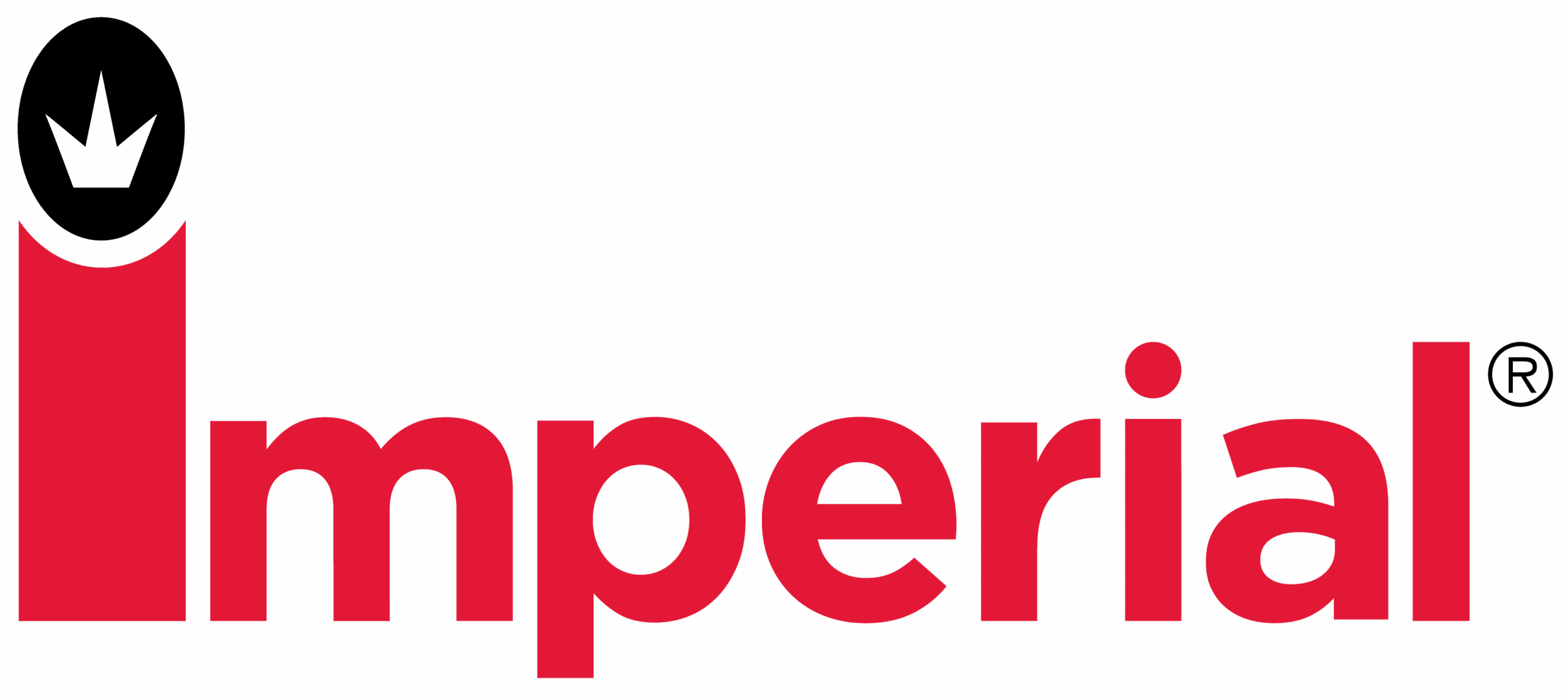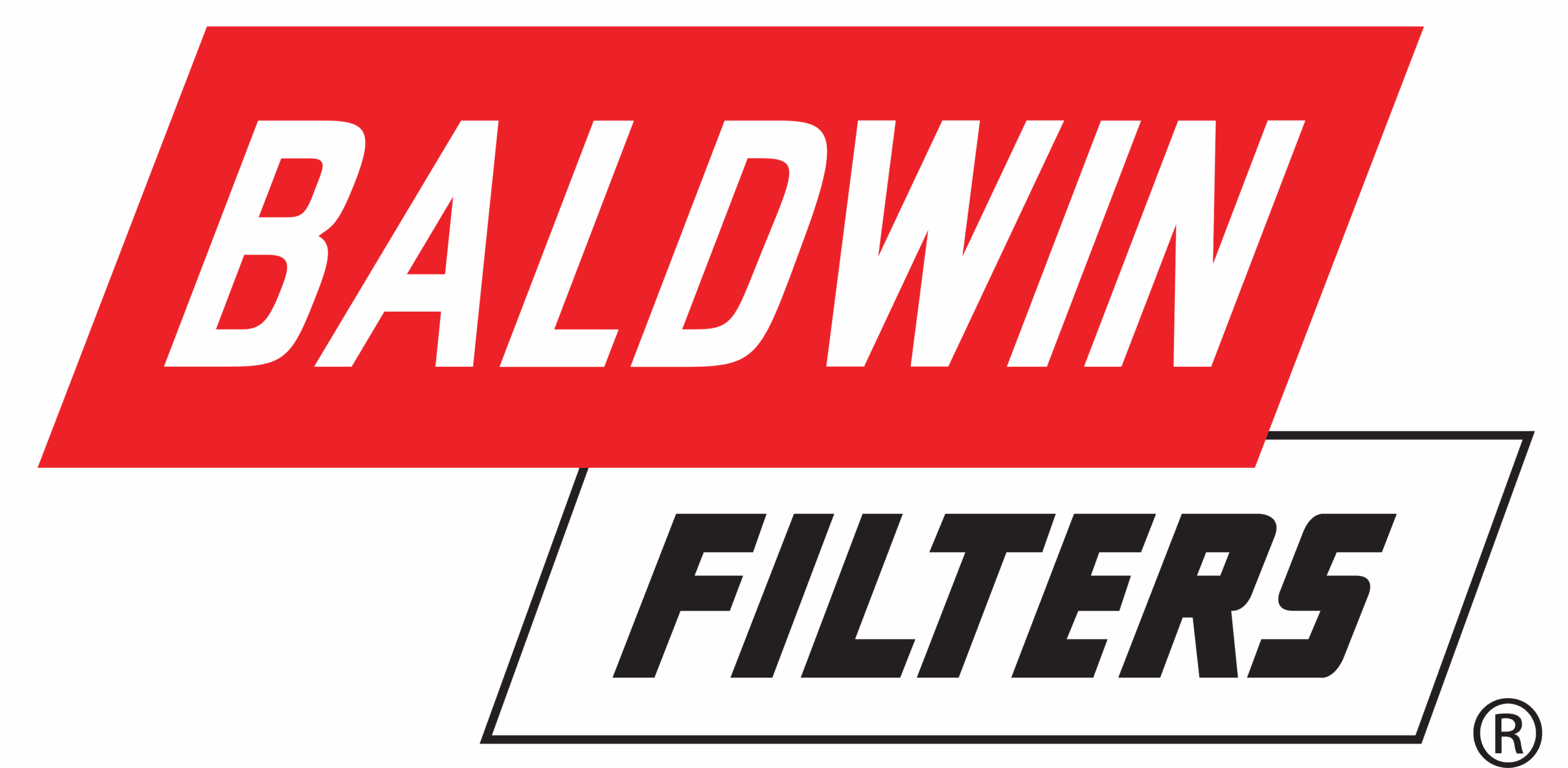How better AP workflows reduce your payment fraud risk
Home - How better AP workflows reduce your payment fraud risk
Corcentric

Key takeaways
- A structured accounts payable workflow reduces fraud risk by tightening control over invoice approval and payment authorization.
- Automation introduces critical safeguards like segregation of duties, anomaly detection, and real-time alerts.
- Paperless processes improve auditability, reduce manual errors, and close gaps fraudsters often exploit.
- Internal fraud risks drop significantly when automated systems complement human oversight with built-in controls.
Payment fraud remains a significant concern for finance teams, particularly within accounts payable (AP) operations. While invoice fraud often garners attention, the actual disbursement of funds—the “last mile”—is where vulnerabilities frequently arise. Implementing a robust accounts payable workflow is essential to mitigate these risks effectively.
Understanding the accounts payable workflow process
An efficient accounts payable workflow process encompasses several stages: invoice receipt, data capture, validation, approval, and payment execution. Each phase presents opportunities for fraud if not properly managed. For instance, without stringent controls, unauthorized payments can slip through, leading to significant financial losses.
The role of automation in fraud prevention
Automating accounts payable workflows introduces multiple layers of security. Automated systems can enforce segregation of duties, ensuring that no single individual has end-to-end control over the payment process. They also provide real-time monitoring and alerts for suspicious activities, such as duplicate payments or changes in vendor banking information.
Moreover, an automated accounts payable workflow reduces manual data entry errors, a common avenue for fraudulent activities. By combining automation with human oversight, organizations can significantly lower the risk of internal fraud.
Transitioning to a paperless workflow
Adopting an accounts payable paperless workflow further strengthens security measures. Digital records are easier to track, audit, and secure compared to paper documents. Electronic workflows also facilitate faster approvals and payments, reducing the window of opportunity for fraudulent interventions.
Implementing best practices
To enhance fraud prevention, organizations should consider the following best practices:
- Vendor verification: Regularly validate vendor information to prevent payments to fictitious entities.
- Segregation of duties: Ensure that different individuals handle invoice approval and payment execution.
- Audit trails: Maintain comprehensive records of all transactions to facilitate audits and investigations.
- Employee training: Educate staff on recognizing and reporting suspicious activities.
Strengthening your accounts payable workflow is a proactive step toward reducing payment fraud risk. By embracing automation and transitioning to a paperless process, organizations can enhance control, visibility, and security within their AP operations.
Ready to strengthen your accounts payable workflow and reduce payment fraud risk? Let’s talk about how Corcentric can help.





